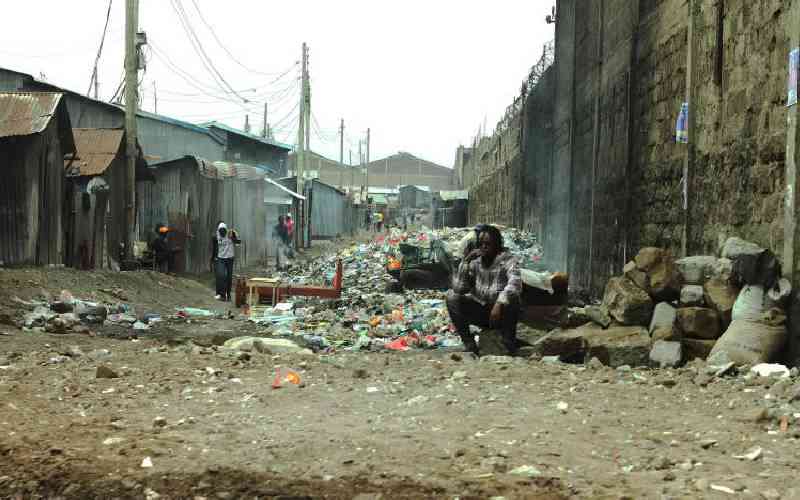×
The Standard e-Paper
Smart Minds Choose Us

Every month, Jenifer Wangari (not her real name) has to choose between purchasing food and taking her three children to school.
She stays in Kibera, one of the poorest slums in Nairobi. She and her family moved there in 2014 following the death of her husband who worked as a security guard in one of the firms within the city.